/hafˈkäkt/
Only what I have lost is now mine forever. Rachel Bluvstein, 1930
I am trying to stay away from U.S. news right now. Not just for the obvious reasons. Also because immersing into Spanish life means following Spanish news instead. Much of it . . . is about soccer.
I do also check out the New York Times and CNN. So I managed to watch the CNN interview with Arthur Jones, the 70-year-old Nazi sympathizer who recently won the Illinois GOP congressional primary.
Now You Know
Barcelona, Catalunya
Only what I have lost is now mine forever. Rachel Bluvstein, 1930
I am trying to stay away from U.S. news right now. Not just for the obvious reasons. Also because immersing into Spanish life means following Spanish news instead. Much of it . . . is about soccer.
I do also check out the New York Times and CNN. So I managed to watch the CNN interview with Arthur Jones, the 70-year-old Nazi sympathizer who recently won the Illinois GOP congressional primary.
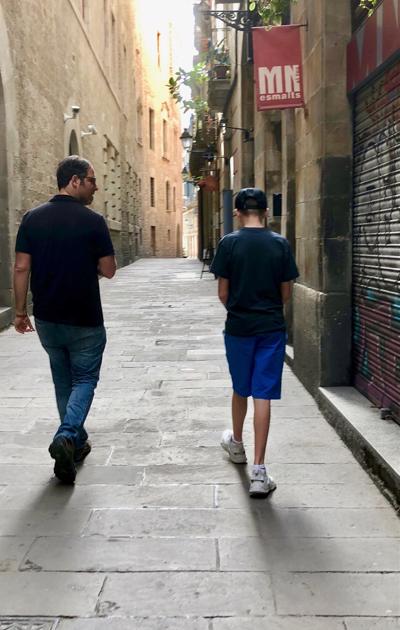
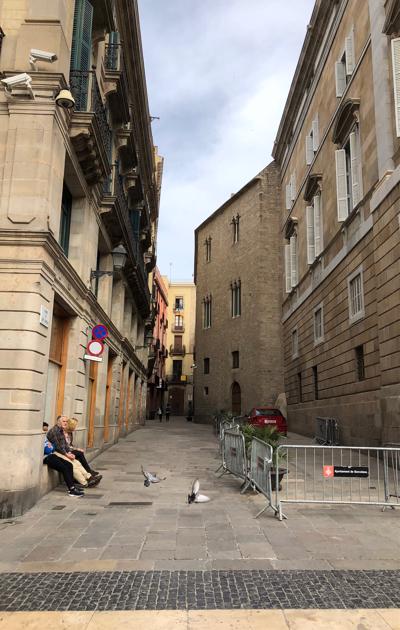
Here's what Arthur Jones had to say about Jews and the Holocaust:
"If you did an honest investigation of the Holocaust, you'd realize that it is nothing but an international extortion racket by the Jews to bleed, blackmail, and terrorize their enemy."
After living in Spain, this modern-day hatred of Jewish people really hit a nerve. It is painfully familiar.
Today, the Boy, mi Madre, and I meet our a guide Adi (www.barcelonadreaming.com) for a private walking tour of Barcelona's Jewish History. He takes us to El Call, the historic Jewish quarter of Barcelona. For four centuries the Jewish community slept here, shopped here, studied here and worshipped here. There were Kosher butcher shops, Jewish schools, ritual baths, and five synagogues all within the radius of just eight city blocks. Centuries ago roughly 10 percent of the city was Jewish.
There is not a lot to see. There are cutouts on many of the doorways where mezuzahs once proclaimed "Hear O Israel, the Lord is our God, the Lord is One." One dusty and subterranean synagogue remains. The 750-year-old synagogue was discovered in the basement of an electronics
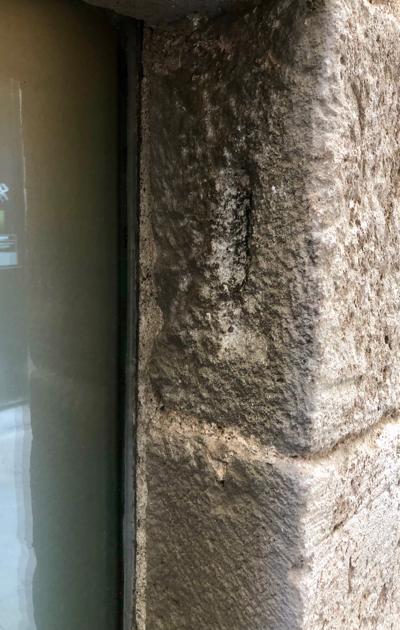
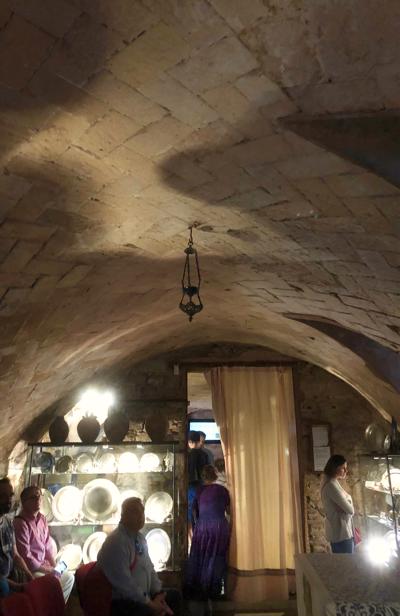
warehouse. There's also a mikvah you can find in a Spanish furniture store. The dregs are mostly what remains.
Nevertheless, the people of Barcelona and much of Spain take a surprising interest in memorializing their Jewish past. The synagogue has tours every half hour. Official city signs mark what few Jewish sites remain. We see three other tour groups in El Call.
Why the interest? One theory is that, since their own oppression under Franco, Catalonians identify themselves with Jews because the Jewish experience is a metaphor for their own persecution. So interested in recapturing their Jewish past are the Spanairds, it is even possible to secure Spanish citizenship now if you can prove Sephardic ancestry.
But, in the tangle of medieval streets, it is hard to tell the Jewish ones
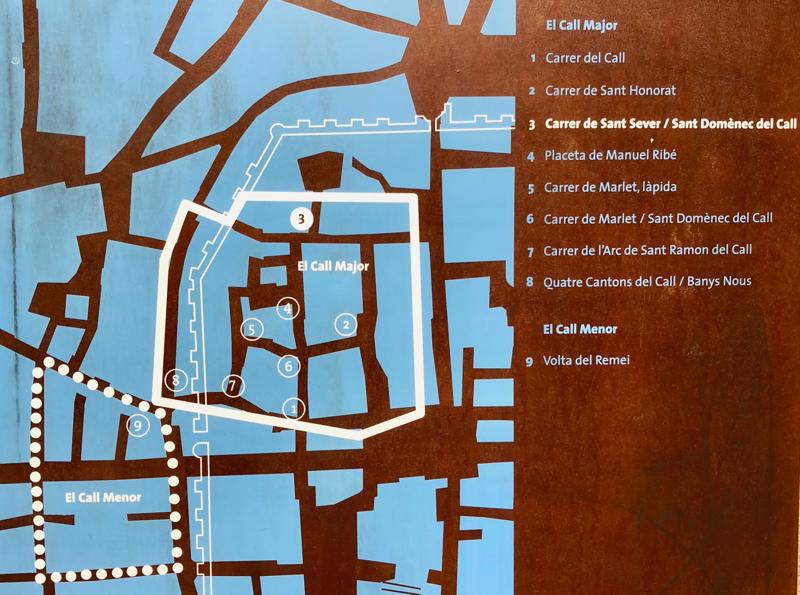
from any of the others. This is where our guide comes in.
Adi explains that El Call was once surrounded by walls with gates that were closed at night, thus protecting the Jewish population from possible attack. The Boy looks uneasy at hearing this. Attacks?
Well yes. By the second half of the 14th century, ordinances ordered Jews to remain in El Call from dusk until dawn, especially at times of religious fervor such as Good Friday and Corpus Christi when violence against the Jewish community was increasingly common. Eventually, the restrictions became permanent. We were prisoners in our own neighborhoods.
During the Black Plague in 1348, life for the Jewish community became unbearable. The plague ravaged Catalonia. Thirty-six percent of the City perished. Both Jews and Christians died. Accusations that the Jewish community had spread the epidemic by poisoning the city's water took hold. Enraged crowds stormed El Call on a killing spree.
Adding to the plague, there was war and famine across much of Spain. Desperate to survive and seeking hope wherever they could find it, it was easy for Christians to look for a scapegoat. "Things would be so much better if these enemy alien Jews weren't living

among us. God is punishing us with calamities and ills because we have tolerated these people who killed Christ, are the enemies of Christians, and are in league with the devil." This belief was constantly fueled by inflammatory sermons all across Spain. Oh history, you broken record, you... How the world loves an "other."
And then there's this nugget -- "As early as the 1200s in parts of Catalonia, physical segregation gave way to marginalizing the population in the calls by requiring them to sew on their clothes a red and yellow badge which enabled them to be recognized as Jewish." There was a special hat with a ball on top too. [Ed. note: not letting Spain off the hook here, but during the Middle Ages, Jewish badges were also compulsory in England, France, Italy, Germany, etc...].
This constant way of medieval Christian thinking was the basis for the massive attack against the calls in 1391. The attacks began in Seville
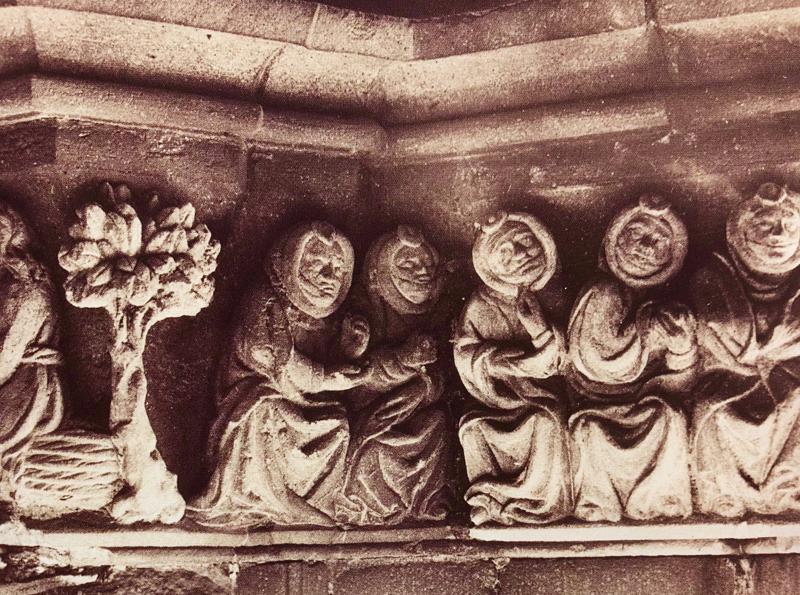
and spread across Spain. 300 hundred Jews died here in these Barcelona streets over two nights at the hands of angry mobs. The rallying cry of the assailants was "que els juheus es facen christians o que muyren" Let Jews become Christians, or else die!
Those that survived fled Barcelona. Others were sheltered by kind-hearted Christian neighbors. El Call of Barcelona was destroyed forever.
Under extreme social pressure, most of the remaining Jewish community of Spain was baptized and converted to Christianity. It must have been very difficult, if not impossible, to give up overnight, the teachings, beliefs, traditions and everyday life you knew for a new set of beliefs and customs you didn't understand. Thus, began the inner exile of the conversos. In such conditions, it is not surprising that many people secretly continued to practice Judaism. But after
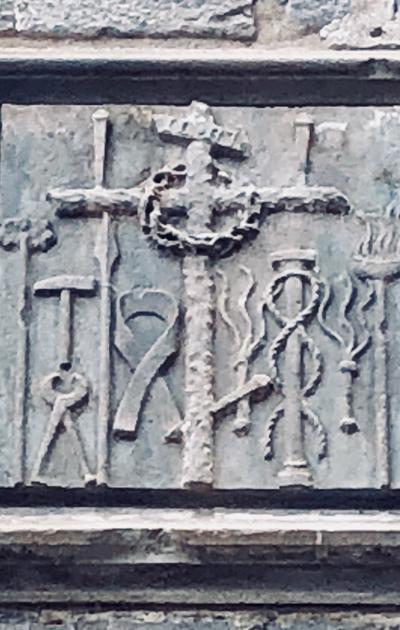
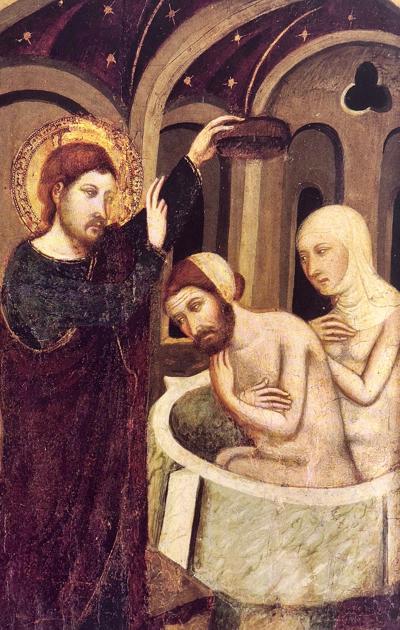
they converted, they could not practice any Jewish beliefs without running the risk of being accused and condemned for heretical thinking.
So, fast forward to the Spanish Inquisition. King Ferdinand introduced the Inquisitorial Court in Barcelona in 1484. Adi takes us to a building we recognize. It is the Museu Frederic Marès -- the very building where we witnessed room after room of bleeding life-size Jesus crucifixion just last week. Well, turns out, Jesus was not the only one tortured and crucified in the basement here.
This building was the Catalonian headquarters of the Spanish Inquisition. It was in this building that officials carried out the Spanish religious policy against the Jews and the conversos, a policy designed to dismember Judaism and eradicate it from the Spanish kingdom. The thought of us wandering in those catacombs oblivious to the pain and torture that was commonplace there gives me a cold chill. I can see the recognition in the Boy's face too. History is alive in Spain in a way we just don't experience in our lives in the U.S.
Before the tour ends, there is one more surprise. But like much of Jewish history in Spain, this surprise isn't the good kind. We walk to the Viceroy's Palace. This is where the Lieutenant Governor of Spain lived to oversee Catalonia at the direction of the King. It's a big stone

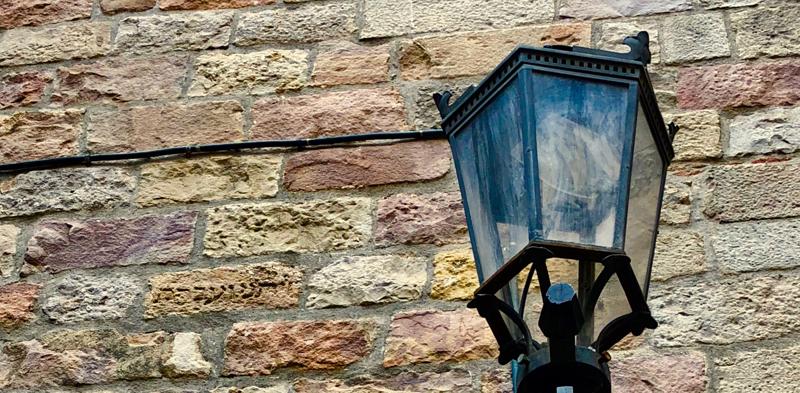
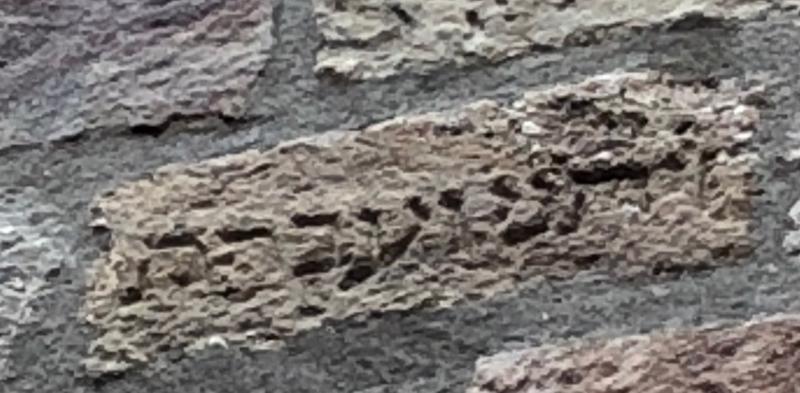
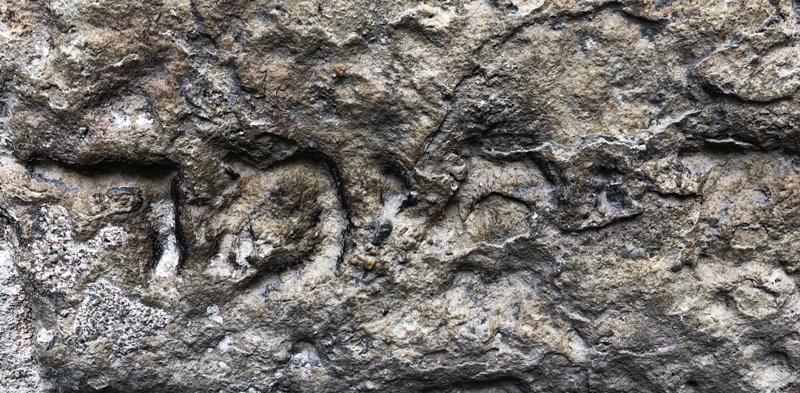
palace. There's an interior courtyard with a fountain. It's a classic.
Our guide points out the Hebrew lettering on the exterior walls. There is Hebrew all over the stones of this palace. Weird since it was built in 1550 long after all of the Jews were killed, converted, or exiled. Why would the Viceroy want Hebrew on his palace? I'm stumped. Adi grimly explains: these are headstones from the Jewish cemetery in the adjoining neighborhood of Montjuic (Jewish Mountain).
Spain! Really?! You're going to kill us off, torture us, expel us, then use our headstones to build your palaces? We need a little break from each other.



When I said I was heading off to Spain to live for three months unprepared and 'halfcocked," I truly had no idea what I was in for. Arther Jones. You got nothin' on medieval Spain. Haters gonna hate.
I need to cool off. The Boy and I head straight back to the 21st century with a trip to the Barcelona Aquarium. I stare at the colorful fish lost in thought. A visit to the shark tank seems oddly appropriate. We are encased in a glass tunnel. The large sharks glide by slowly casting a shadow on us. It is discomforting. It is familiar.
You know very well
Who you are
Don't let 'em hold you down
And if you don't know, now you know.. Notorious B.I.G. 20th C
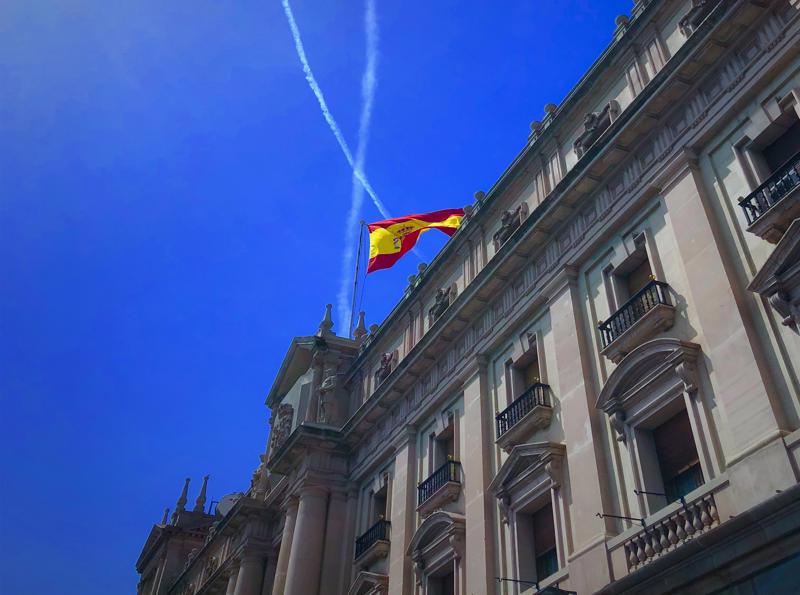
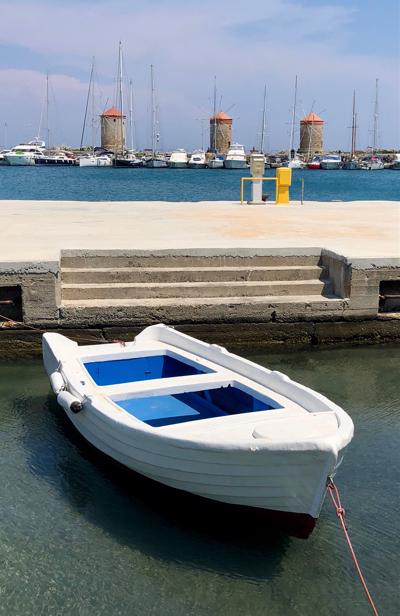
1.
The Get Down
2.
Norte Americanos Depart
3.
La Playa Castelldefels
4.
Failing Grocery Store 101
5.
On to Barcelona
6.
Settling in to Barcelona
7.
Train Hard Stay Humble
8.
Pass the Patatas Bravas
9.
Somebody Bring Me Some Water
10.
Quest for the Gel of Glory
11.
Jesus Is Just Alright
12.
Four Fingers of Blood
13.
The right tool for the job
14.
The Heart of the Matter
15.
Now You Know
16.
Welcome back, Your Dreams Were Your Ticket Out. Pt. I
17.
Welcome back, Your Dreams Were Your Ticket Out. Pt. II
18.
Welcome back, Your Dreams Were Your Ticket Out. Pt. III
Share your travel adventures like this!
Create your own travel blog in one step
Share with friends and family to follow your journey
Easy set up, no technical knowledge needed and unlimited storage!
© 2025 Travel Diaries. All rights reserved.